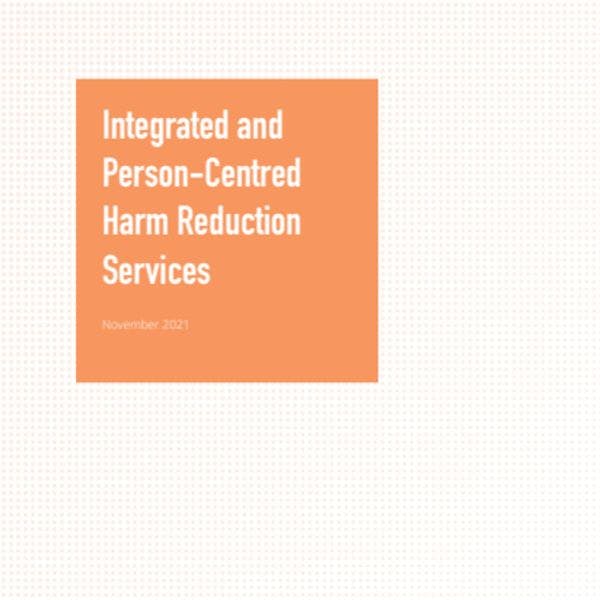Integrated and person centred harm reduction services
A person’s health is multifaceted and interconnected. In order for any service to genuinely empower people to improve their health, it needs to recognise the various factors that contribute to it. Integrating health and social services enables these services to be responsive to the needs of their clients.
Where health and social services are disparate and disconnected, they can only address particular symptoms or conditions of a person’s health. On the other hand, integrated services are capable of addressing a person’s health in a broader context.
This ‘biosocial’ approach to health acknowledges that different health and social issues are interconnected and need to be addressed holistically. This can range from biomedical knowledge about the interaction between certain medications, to acknowledging the impacts of discrimination, marginalisation and criminalisation on a person’s ability to access good health. A failure to recognise any one factor in a person’s health can dramatically impact the ability to address other areas.
For harm reduction, this means moving beyond the narrow frame of preventing and treating infections and overdoses through biomedical and biobehavioural interventions.
The services profiled in this report show real world examples which have had excellent results. In some cases, this simply means making it easier for people to access the health services they need by providing them all in one place. In others, it means broadening what we mean by harm, and recognising the full range of what harm reduction can be. They are person centred services: organised around the person as an autonomous whole, not reducible to their drug use or specific medical conditions, but with intersecting needs linked to their personal social determinants of health.
Community leadership has always been central to harm reduction. It is the only way to provide the appropriate range of services in the appropriate way. It is also essential to consider those whose needs are commonly unmet. People who use but do not inject drugs, as well as people who use stimulants, are largely left out of a framing of harm reduction centred on injecting opioid use. Women, people of colour and Indigenous people are poorly served by services created with white men in mind. People from sexual minorities experience stigma and a lack of understanding in services not used to their practices and needs.
